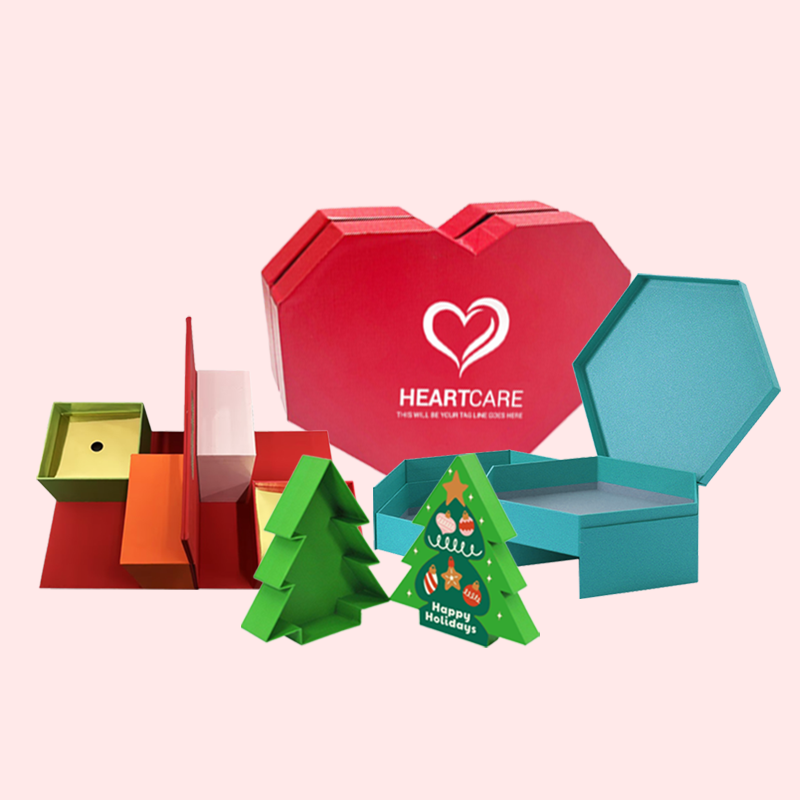Struggling with packaging decisions for your product? The wrong choice can hurt your brand and budget. I will help you by answering the questions I hear most often.
The most common questions about custom packaging revolve around cost, minimum order quantities (MOQs)1, turnaround times2, and the design process3. Businesses want to know if the investment is worth it, how to start small, and why prices can seem high compared to stock options4.
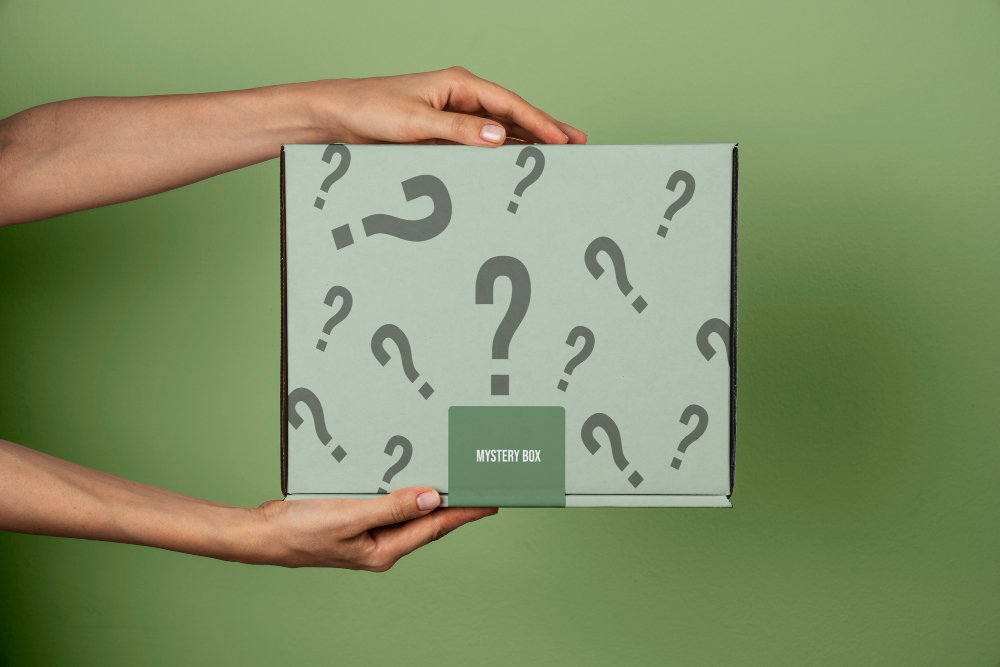
Those are the quick answers, but there is more to each question. Understanding the details is key to making a smart decision for your business. Let's break down these common questions one by one. I want to give you a clear picture to help you choose the best path for your product and brand.
Is custom packaging5 really worth the investment?
Are you worried that custom packaging is just an extra, unnecessary cost? Stock boxes seem cheaper, but they often fail to protect your product or represent your brand well.
Yes, custom packaging is worth it. It creates brand differentiation6, offers better product protection7, and improves the customer unboxing experience8e](https://arxiv.org/pdf/2202.08406)[^9]. It turns a simple container into a powerful marketing tool, which often leads to a higher perceived value and stronger customer loyalty.
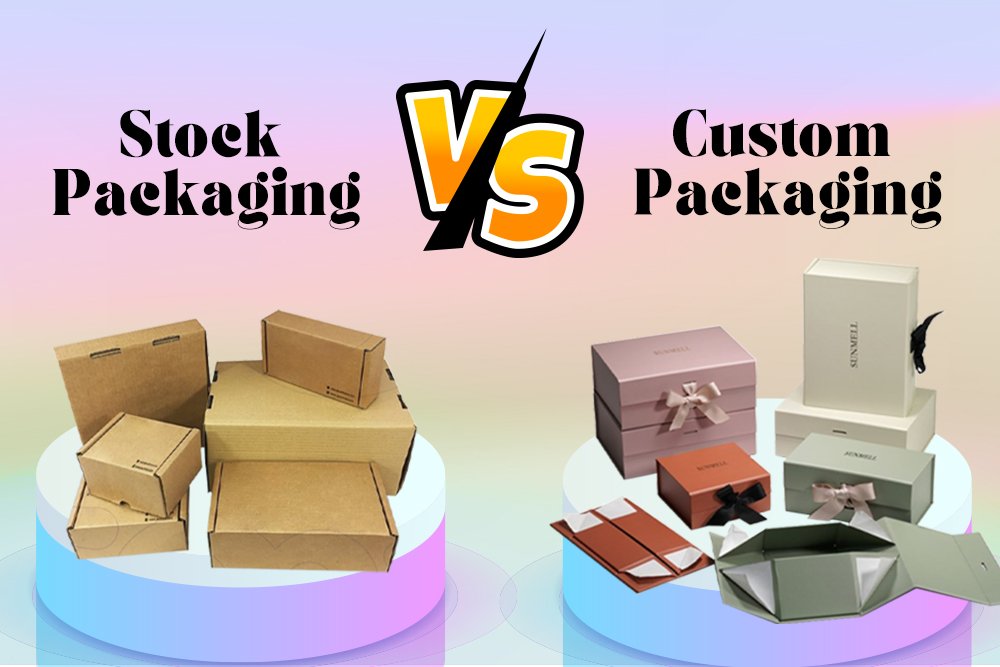
When I talk to clients, the first thing we discuss is the 'first impression.' Your packaging is often the first physical thing your customer touches from your brand. A unique, well-designed box says you care about the details. A generic box says you are just like everyone else. This is especially true in crowded markets like cosmetics or electronics, where the box itself is part of the product experience.
Protection is another huge factor. A stock box is a "one-size-fits-all" solution, which usually means it's a "one-size-fits-none-perfectly" problem. Products can shift and break during shipping. With custom packaging, we design the box and any inserts to fit your product perfectly. This reduces damage, which saves you money on returns and replacements. The cost of one broken item can often be more than the extra cost of dozens of custom boxes.
Let's compare the two directly.
| Feature | Stock Packaging | Custom Packaging |
|---|---|---|
| Brand Impression | Generic, easily forgotten | Memorable, professional, premium |
| Product Protection | Moderate, may require filler | Excellent, designed for the item |
| Unboxing Experience | Basic, functional | Exciting, shareable on social media |
| Cost Per Unit | Low, but may have hidden costs | Higher, but adds marketing value |
In my 16 years in this business, I've seen brands grow simply by upgrading their packaging. It's an investment in your brand's future.
What does custom packaging look like for a small business?
Do you think custom packaging is only for big corporations with huge budgets? This idea often stops small businesses from using one of their best marketing tools. Custom options are more accessible than you think.
For a small business, custom packaging often starts simple and affordably. Think custom-printed mailer boxes, branded stickers9 on stock boxes, or custom-printed tissue paper. The goal is to create a unique brand experience without a massive budget or ordering thousands of units at once.
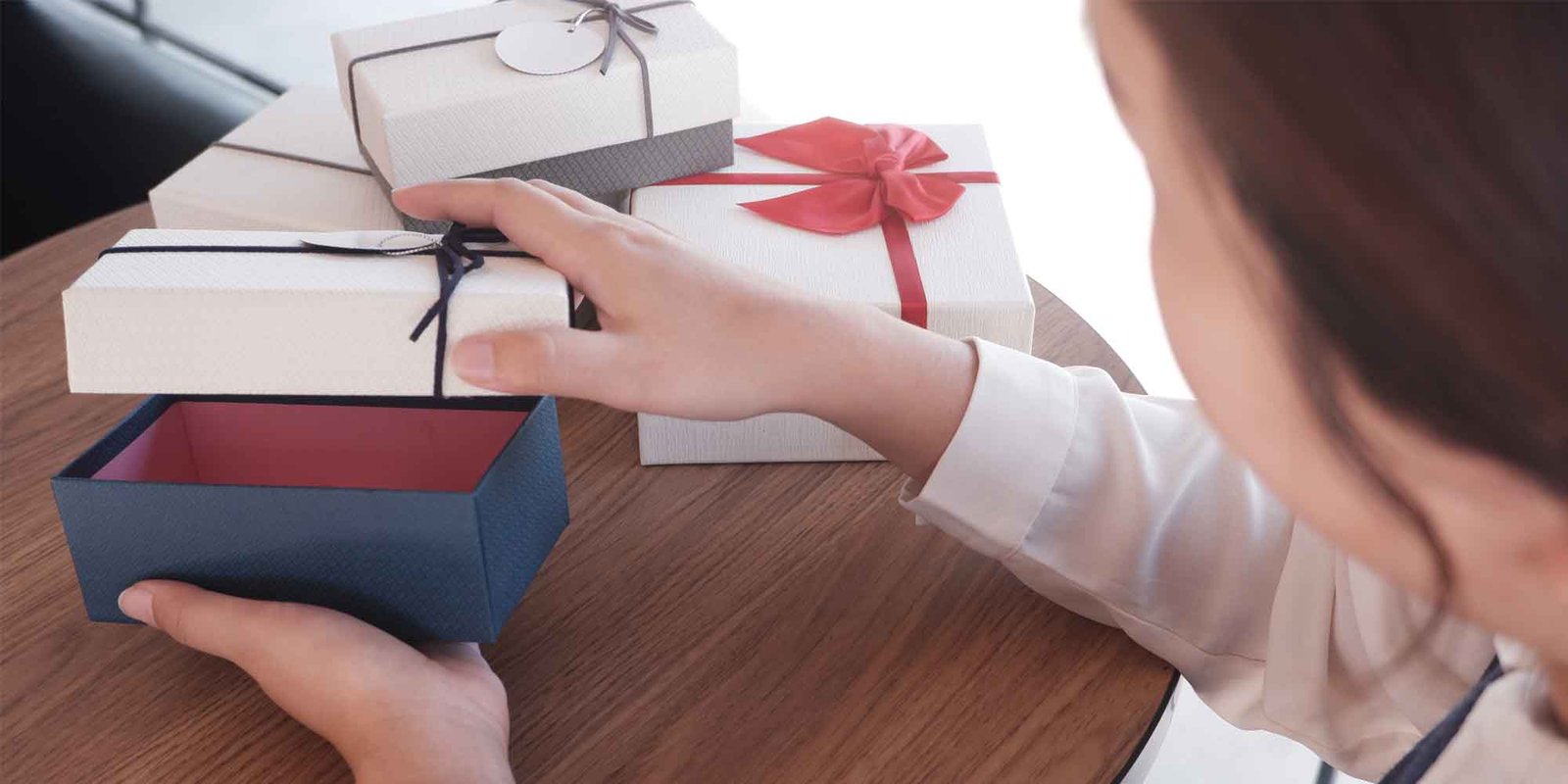
When I started Giftspack, I knew that not everyone could order 10,000 complex boxes. Small businesses need practical steps. The key is to start small and scale up as your business grows. You don't need a fully custom-designed and printed box from day one to make a great impression.
The journey into custom packaging can happen in stages. You can start with the most basic options and add more custom elements over time. For example, a simple kraft box10 can be transformed with a beautifully designed sticker or custom packing tape11. These options have very low minimum order quantities (MOQs)1 and are very budget-friendly. As your sales increase, you might move to the next level, like getting your logo printed in one color on a mailer box. This is a very popular and effective choice. It looks professional but keeps costs down. It's all about making smart, strategic choices that align with your budget and brand goals.
Here’s a simple breakdown of the levels.
| Level | Examples | Typical Cost | Key Benefit |
|---|---|---|---|
| 1. Simple Branding | Stickers, stamps, custom tape | Low | Very affordable, low minimums |
| 2. Printed Mailers | 1-2 color logo on a stock box | Moderate | Professional look, great starting point |
| 3. Fully Custom | Unique size, full-color print, inserts | Higher | Maximum brand impact and protection |
The point is to start somewhere. Even a small touch of branding can make a big difference in how customers see your product.
Why does custom packaging seem so expensive?
Have you ever gotten a quote for custom boxes and been shocked by the price? The cost can feel high compared to plain stock options4, which might make you reconsider your decision. Let's break down exactly what goes into that price.
Custom packaging costs more because of unique setup fees for printing plates12 and cutting dies13, the use of specific or higher-quality materials, and a more hands-on production process. Each custom order is a unique manufacturing run tailored just for you, unlike mass-produced stock boxes.
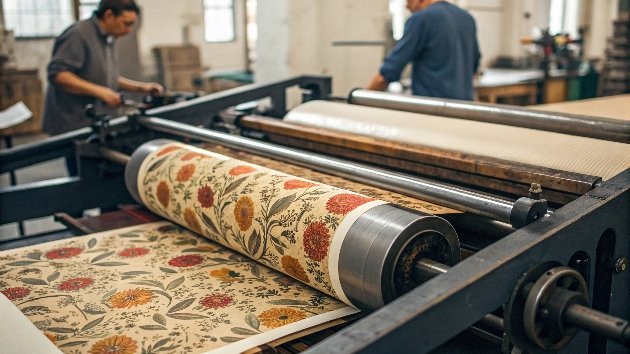
The price of custom packaging isn't arbitrary. It's based on real manufacturing costs that don't apply to generic boxes. The biggest one-time cost is tooling. To print your design, we have to create custom printing plates12. To cut your specific box shape, we have to create a custom cutting die. These tools are made just for your project. While you own them for future runs, that initial investment is part of the first order's price.
Material choice is another factor. You can choose the exact thickness and finish of the paperboard. A stronger, thicker paper that offers better protection will cost more than a standard thin material. Likewise, special finishes like a soft-touch coating or foil stamping add to the cost but also add a lot of value to the final look and feel. The downside of paper, its weakness to water, can even be solved with special coatings, but this also adds to the cost.
The most important concept to understand is economies of scale14. The setup costs are the same whether you order 100 boxes or 5,000 boxes. When you order more, that setup cost is divided by a larger number, making the price per box go down significantly.
| Quantity Ordered | Setup Cost Per Box | Material Cost Per Box | Total Cost Per Box |
|---|---|---|---|
| 500 | $2.00 | $1.50 | $3.50 |
| 2,000 | $0.50 | $1.30 | $1.80 |
| 10,000 | $0.10 | $1.00 | $1.10 |
As you can see, a larger order dramatically reduces the per-unit price. It's an investment, and planning for larger runs can make it much more affordable.
How do we, as a packaging business, find the right clients?
Are you starting a packaging business but find it hard to get clients? The market is very competitive, and just getting noticed can feel like an impossible challenge. I'll share the approach that has worked for me over the last 16 years.
To get clients, you must focus on a specific niche you can serve better than anyone else. Build a strong portfolio15 that showcases your best work and actively network within that industry. Your expertise and reliability will create word-of-mouth referrals16, the most valuable source of new business.

When I built Giftspack from the ground up, I learned quickly that you can't be everything to everyone. Trying to serve every industry just makes you a generalist. The key to our success was specialization. We decided to become experts in high-quality paper box solutions17, especially for industries like cosmetics and consumer electronics where the unboxing experience18 is critical. This allowed us to understand our clients' needs deeply and provide real value. My advice is to pick a niche you are passionate about.
Your work is your best salesperson. A strong portfolio15 is not just a gallery of pretty pictures. For each project, you should explain the client's problem, how your design solved it, and what the results were. Designers like Peter, who have years of experience, want to see that you understand the strategy behind the design, not just the aesthetics.
Next, share your knowledge. Don't just sell boxes; sell your expertise. Writing articles, sharing insights on professional networks like LinkedIn, and answering questions on forums position you as an expert. This is how you build trust before you even speak to a potential client. Finally, focus on building strong relationships. The best business comes from happy clients who tell others about you. Do great work, meet your deadlines, and be a reliable partner. That is the foundation that will bring you a steady stream of the right kind of clients.
Conclusion
Custom packaging is a powerful tool for your brand. By understanding the costs, processes, and benefits, you can make an informed decision that truly pays off for your business.
-
Learn about MOQs and how they affect your packaging decisions and costs. ↩ ↩
-
Understand the timelines involved in getting your custom packaging ready. ↩
-
Discover the steps involved in creating effective custom packaging designs. ↩
-
Compare stock packaging with custom options to make informed choices. ↩ ↩
-
Explore how custom packaging can enhance your brand's image and customer experience. ↩
-
Find out how unique packaging can set your brand apart from competitors. ↩
-
Learn how tailored packaging can safeguard your products during shipping. ↩
-
Explore the significance of unboxing in enhancing customer satisfaction. ↩
-
See how simple branding elements can elevate your packaging without high costs. ↩
-
Learn about kraft boxes and their benefits for small business packaging. ↩
-
Discover how custom tape can reinforce your brand identity during shipping. ↩
-
Understand the role of printing plates in creating custom packaging designs. ↩ ↩
-
Learn about cutting dies and their impact on custom packaging pricing. ↩
-
Explore how ordering in larger quantities can reduce your packaging costs. ↩
-
Learn tips for creating a compelling portfolio that attracts clients. ↩ ↩
-
Understand the importance of referrals and how to encourage them. ↩
-
Explore the benefits of using high-quality materials for packaging. ↩
-
Learn why the unboxing experience is crucial for customer satisfaction. ↩


